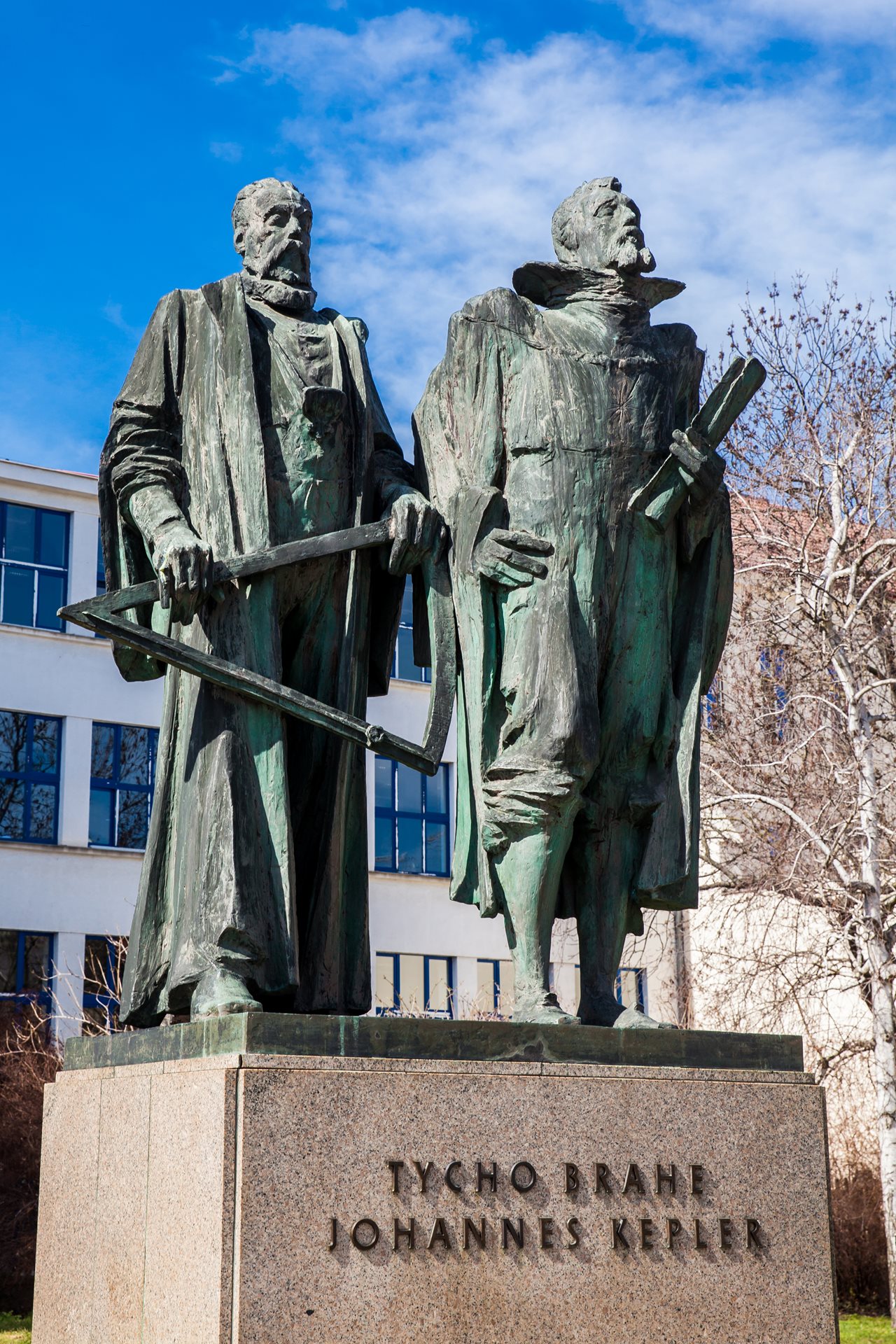Johannes Kepler was a scholar, scientist, mathematician, and theologian who lived at the turn of the 16th and 17th centuries. He was born on 27 December 1571 in Germany, so this year, we commemorate exactly 450 years since his birth. And even though his native language was German, he left his indelible mark in Prague, the capital not only of the Kingdom of Bohemia, but also of the entire Holy Roman Empire. How did he get to Prague and where can we come across his legacy today, after 450 years?
Rudolf’s Prague: the capital of science and arts
Do you know the term Rudolf’s Prague? At the beginning of his reign Roman Emperor, Rudolf II. Habsburg chose Prague as the new imperial residence. And so not only a large royal court moved to Prague and the Prague Castle, but also thousands of other people of various professions. From painters, architects and scientists to barbers and jugglers. Rudolf II. was not only the ruler, but also an indomitable patron of the arts and science. He was interested in everything to do with new knowledge, including the occult. And the term Rudolf’s Prague was used for this period at the beginning of the 17th century. The city was full of art, science, and knowledge.
Kepler’s dizzying career
Rudolf II. gradually transformed Prague Castle into a dignified residence and invited scholars and artists from all over Europe. These included Tycho Brahe, a Danish astronomer who took the place of the emperor's court astrologer, and his assistant, Johannes Kepler. After studying at the University of Tübingen and a short teaching career at a secondary school in Graz, Austria, he moved to Prague. When he was just over 30, the emperor appointed him imperial court mathematician, and Kepler was able to dedicate his life to science in peace and no longer having to worry about making a living.Traces of Johannes Kepler
To this day, not many traces have survived. Kepler lived and worked in Prague contentedly for twelve years, most of them in the U Francouzské Koruny (At the French Crown) house in Karlova Ulice Street, where he is commemorated by a memorial plaque. In Pohořelec, not far from Prague Castle, you will find a sculpture of Brahe and Kepler. It is located on the spot where the two scientists were researching and where they had their own small observatory. Kepler also used Queen Anne's summer house in today's Royal Garden and the castle in Benátky nad Jizerou in Central Bohemia for his observations and work. He took refuge there whenever he wanted peace for his work and calculations. The family of Johannes Kepler left a sad mark in the church of St. Jiljí in the Old Town, where wife and son remain buried. Unfortunately, they succumbed to smallpox during one of the epidemics.






-(1).jpg?width=1920&height=1204&ext=.jpg)



